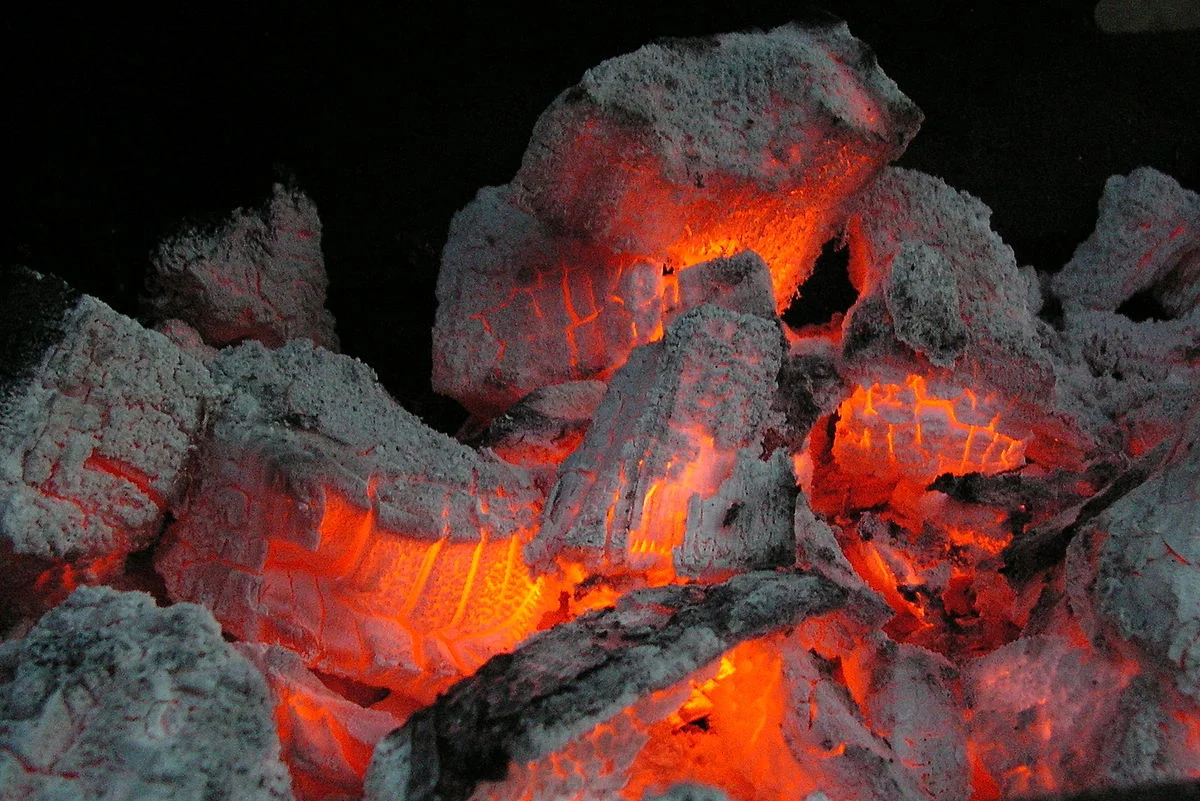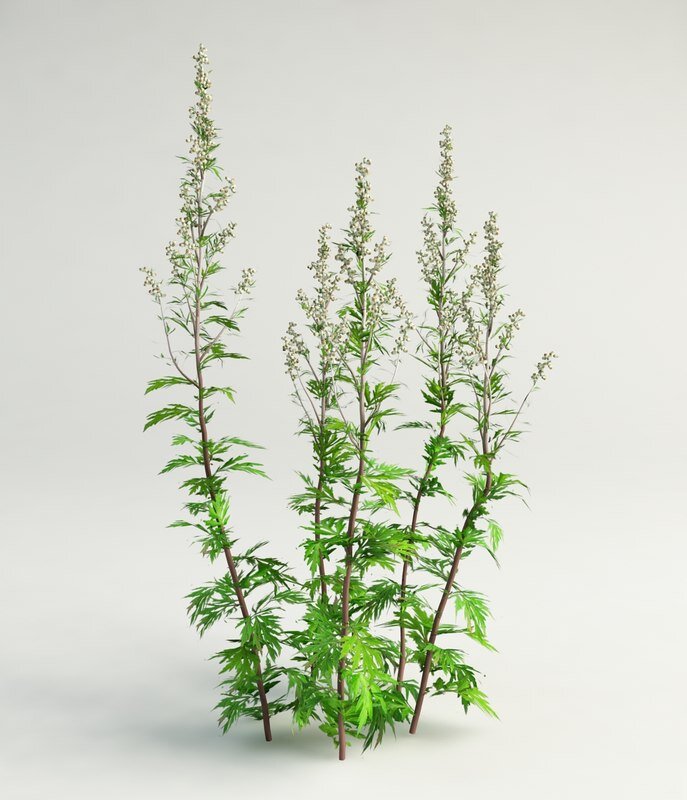Moxibustion
Heat is life. Cold is death.
Moxibustion is the burning of prepared Artemisia vulgaris / Mugwort leaves, called moxa, on or near the body. This is an ancient tradition and one shared by many cultures all over the world, including the Hopi, Pueblo, Ojibwe, and Lakota who burn sagebrush, a cousin of mugwort, by the Mayan physicians and indigenous tribes of the upper Amazon who burn tobacco in the same way, and by the practitioners of traditional Islamic medicine / الطب النبوي who employed a blistering technique much like the Chinese. In Mandarin acupuncture is often called 针灸, pronounced like “Tzun Joe”, which means “Acupuncture” and “Moxibustion”. These two techniques are intricately linked with one another as the two pillars of this practice. Moxibustion is the older of these practices, and likely developed very early on in East Asian civilization as a natural development following the taming of fire and the ritualistic keeping of fires by early man. From the very general practice of warming an area of the body by the fire to relieve pain came the more refined practice of holding a burning stick and passing it over the body to warm the area. From this came even more refinement and an eventual ritualistic relationship with 艾蒿 - Mugwort in this healing practice.
The name “moxa” comes from 🇯🇵. The Japanese name for Mugwort is もぐさ - mo gu sa, which, when pronounced in Japanese sounds very much like moxa. The Artemesia genus of plants has volatile oils which burn readily and emit heat and light in the infra-red spectrum. Moxa is used in order to locally tonify the yang qi at a point or in a region of the body. This is indicated when the region is cold, has poor circulation, diminished sensation or motor function, fluid accumulation, or shows any other yang deficiency sign. Naturally moxibustion is the more tonifying approach in comparison to acupuncture which is a more sedating or dispersing technique.
types of moxibustion
Direct moxa refers to the burning of small cones on the surface of the skin. These cones range in size from a rice grain to a robin's egg. This style is traditionally done such that the heat causes a small blister, but this is rarely done today in the United States for cosmetic reasons.
Indirect moxa is burnt near but not on the body in order to warm but not burn. This technique may be done with rolled moxa, in a moxa box which houses a burner a few inches above the skin surface, in a hand-held burner, or over a thin barrier between the moxa and skin like a slice of ginger or a slice of aconite.
Needle-top moxa is done by placing a ball of rolled moxa on the top of a needle and burning it such that it heats the needle and the surface of the skin locally. This is a common method used today (along with indirect moxa).
Dragon moxa and other various techniques involve placing large amounts of moxa on the back above a bed of fresh ginger to burn along the entire length of the spine for neurological disorders and various disorders of extreme cold or yang deficiency.
The most popular channels to perform moxa on are the Kidney and Spleen channels because these organ systems are the ones which tend to suffer from cold and damp pathology, and moxa, being warm and drying, is uniquely suited to correcting this problem and keeping these organs in good health.
Always tell your physician if you have any numbness or loss of sensation in an area where you are receiving moxibustion in order to avoid the possibility of burns.




